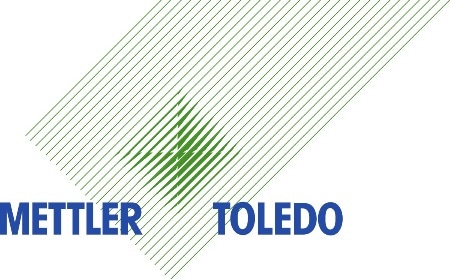.jpg)
Image Credit: mmmx/Shutterstock.com
Thermal analysis describes an array of techniques that are essential to the petrochemical industry to characterize the range of different materials produced, from crude oil to gasoline, diesel, liquid petroleum gas and lubricants.
Many of these techniques are complementary and when used in conjunction can provide a comprehensive ‘fingerprint’ of physical and chemical properties for the petrochemicals being studied
This manual provides an excellent overview of the range of thermal techniques available, their most suitable applications and how they may be combined by using analysis case study examples. The main techniques discussed are Differential Scanning Calorimetry (DSC) and Thermal Gravimetric Analysis (TGA), and how they can be used to study complex hydrocarbons such as crude oil, wax and coal.
Section two examines the use of DSC in characterisation of various petroleum products from heavy crude oil to light petroleum distillates. DSC is demonstrated as a fundamental technique for rapid reliable characterization. By using cooling and crystallization measurements the glass transition temperature and melting behavior can provide an excellent profile of the physical properties of petroleum derivatives.
The technique was also flagged as good for unknown petroleum samples since the measured curves are characteristic ‘fingerprints’ of petroleum mixtures. Another area of importance is oxidative stability of petroleum fractions or polymers and in sections three and six DSC is used to determine oxidative induction temperature and oxidation induction time respectively to assess material oxidative stability. These are rapid analysis technique where the temperature at which oxidation begins and the time taken for oxidation to begin are determined from the DSC profile the values obtained are characteristic for each sample.
Oils and lubricants are an essential part of everyday life and section four shows how a standard test method can be conducted rapidly using thermal methodology. As oils are constantly used at high temperature there may be loss of volatile components and consequent increase in viscosity. The Noack evaporation test is a widely used standard test method for measuring the evaporation loss from lubricating oils. According to ILSAC GF-3 and API-SL specifications, the loss by evaporation must not exceed 15%. Automated TGA is an excellent way to provide pass/fail data on large sample sets. The soot analysis of engine oil is another important area in the study of lubricants. Section seven demonstrates a combined TGA and DSCD method to provide essential data about diesel engine oil lifetime changes as part of the ASTM D5967 standard test method.
The thermal analysis of solid petroleum compounds such as coal and polymers brings a new range of challenges such as homogeneity of the sample, slow speed of analysis and development of accurate standard methods. In section five these issues are demonstrated in a new standard method for the rapid thermogravimetric analysis of coal. Quantitative determination of moisture, volatile compounds, chemically bound carbon, and ash content is used to define the quality and marketability of different types of coal.
High ash content is unwelcome as inert material increases transport and waste disposal costs, and this also means that power station heat exchangers have to be cleaned more frequently. In this section, TGA was used to characterize coal samples (showing when combustion and degassing are complete) under automated sample control using the METTLER TOLEDO STAR system and a special temperature program. The method can analyze 35 coal samples per day providing a new rapid accurate analytical method.
Section eight compares the melting behavior of various oil/wax mixtures using DSC by preparing a calibration curve of known oil content samples. Any sample oil content may be estimated by simply measuring its overall melting enthalpy and referring to the calibration curve. Measurements are obtained by straightforward analysis of DSC-heating-curves.

This information has been sourced, reviewed and adapted from materials provided by Mettler Toledo - Thermal Analysis.
For more information on this source, please visit Mettler Toledo - Thermal Analysis.